Blood and Valor: Part 3- Preview of the ANZACs and Near East Armies
By Mitch Reed
Gallipoli and the Near East are two campaigns that have become iconic and thanks the many movies, TV shows and books on these campaigns we have some great examples of how the conflict in these theaters went down.
This article will detail the forces in these two theaters and will be the third and final preview on what is in store for you in Blood and Valor from I would recommend that you look over the first article (or second) in this series that explains the construct on the force lists in the game. The addition of the ANZACs was a desire of Kai and Rufus based on the impression the had on them. While the ANZAC list is focused on the 1915 Dardanelles campaign, the ANZAC list can also be used on the Western Front with some modifications that are covered in the book.
The ANZACs lose the British “For King and Country” but gain the “Digger Dash” which allows them to charge into contact from 6” vice 4” for a Charge command. The ANZACs for Gallipoli are built like much of the other forces in the game except they can take a Trench Catapult and use a Naval Barrage in their list. The only other difference is that instead of taking inexperienced infantry with this force you can units from the Royal Naval Division who fought at ANZAC cove.
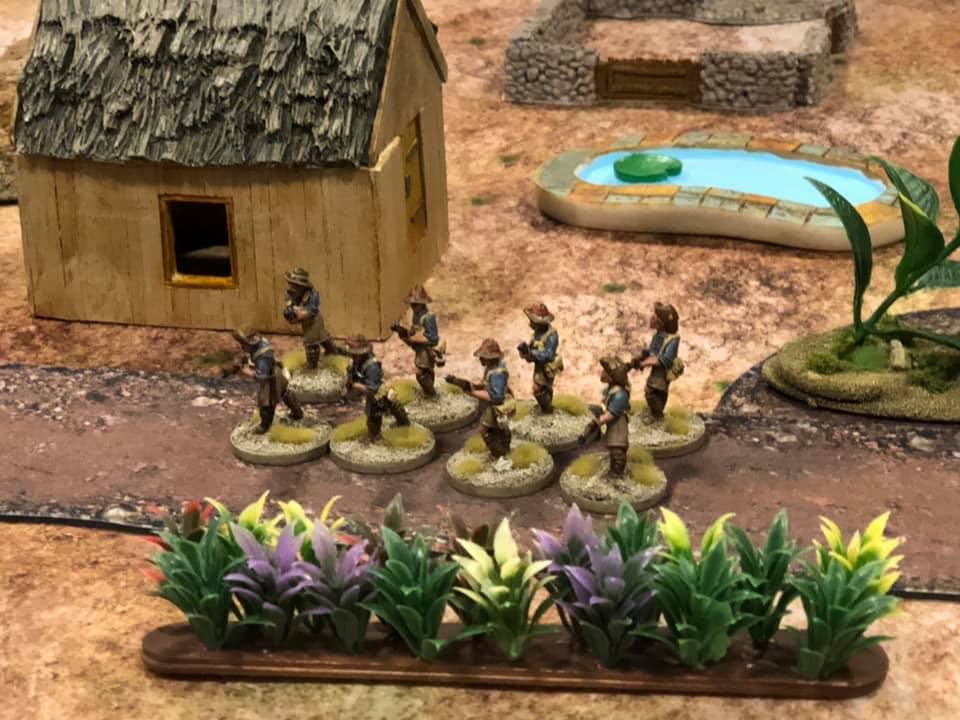
To play this same force on the Western Front, all you need to do is remove the three units listed above and you are good to hit the trenches. The ANZACs, when moved to Europe, do not get the ability to take an LMG or Rifle Grenade upgrade but keep their Digger Dash Special rule.
This gives you more options on what type of Commonwealth force you wish to use for the fighting during the later part of the war. Remember you can use the Western Front British as ANZACs and even take Edgar Towner (an Australian) in your force.
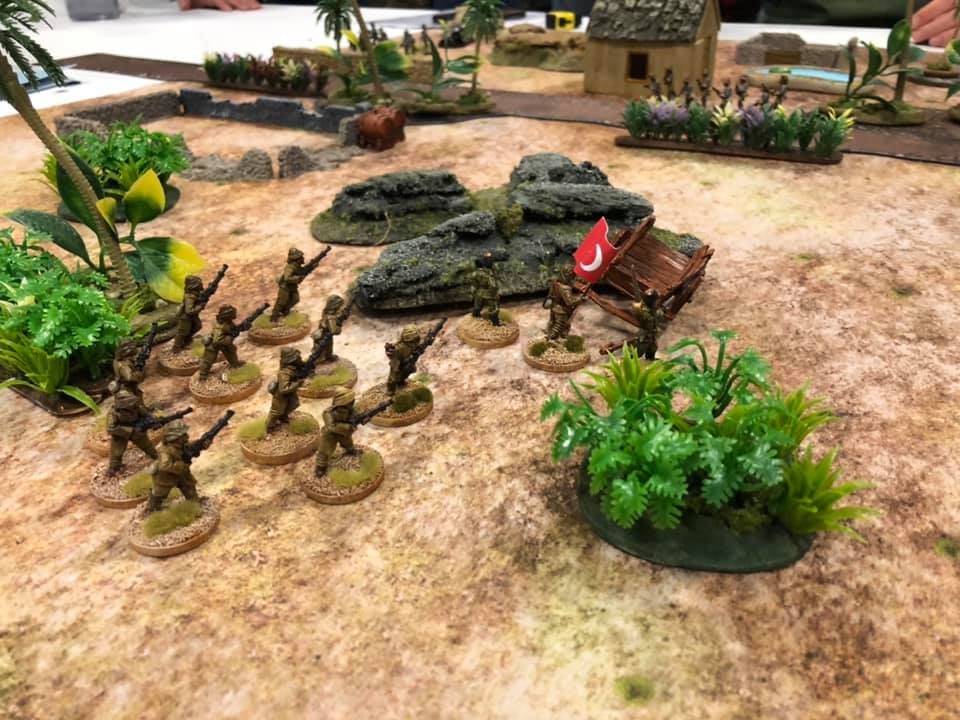
For heroes, the developers picked two that they felt that gamers outside of Australia should know about, so we picked two that went on to greater fame and rank later in the war. The first was John Monash who was a Colonel at Gallipoli and commanded the 4th Brigade (Australia) who arrived the day after the initial landings. Monash led from the front so his inclusion in a skirmish game shouldn’t be a surprise to anyone. By the end of the war, Monash was a Lieutenant General and commanded the entire Australian Corps.
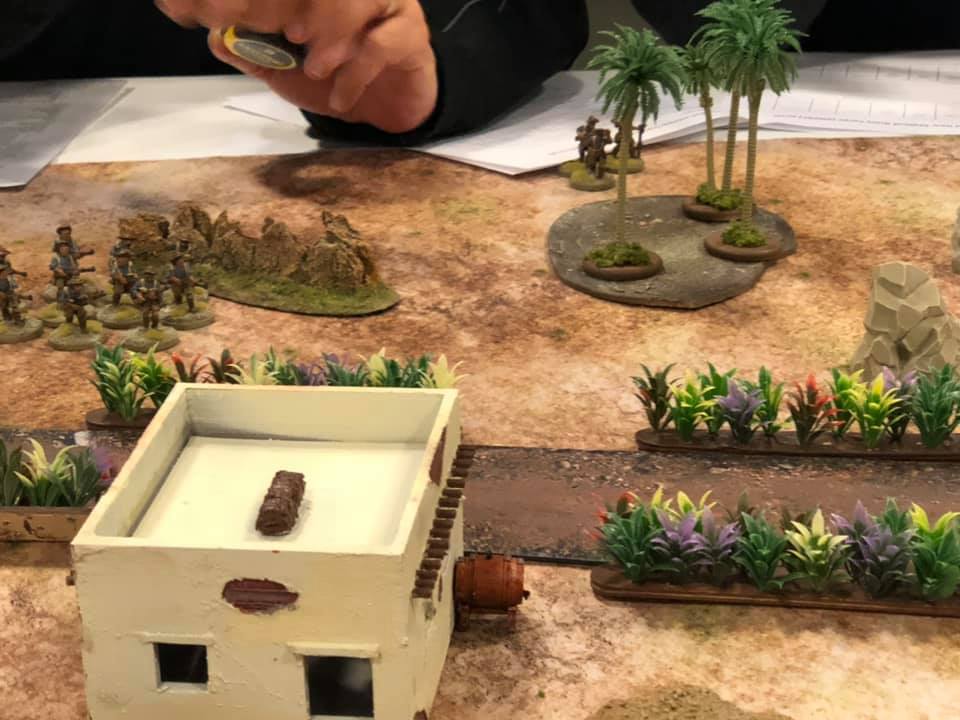
Albert Jacka is the other ANZAC hero in the game and is represented as a Captain which was the rank he rose to by the end of the conflict. During the Gallipoli campaign, Jacka was a Lance Corporal when we became the first Australian to win the Victoria Cross. Commissioned after the campaign, Jacka was awarded the Military Cross in 1916 and was continuously cited for his leadership and bravery.
We could have made Albert Jacka a leader of a squad like CSM Williams or Sgt York, however, this would make him an odd fit for later on in the war. So right now he is included as a Captain so he can be a leader for your force, a role I think no one would deny is inappropriate for him.
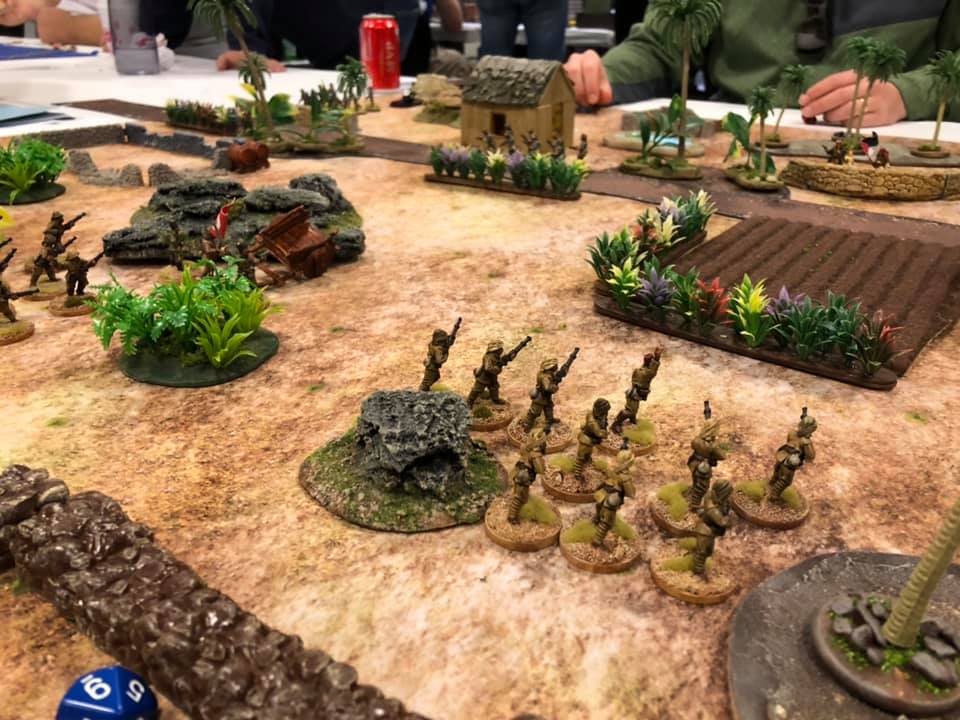
The Near East
When we were developing this theater we went back and forth about what to call it. The land covered by this region is vast and covers what we now call the Middle East. The term Near East was the term used in contemporary accounts of the fighting in the Sinai, Mesopotamia, and the land now covered by the nations of Saudi Arabia, Israel, Syria, and Turkey just to name a few.
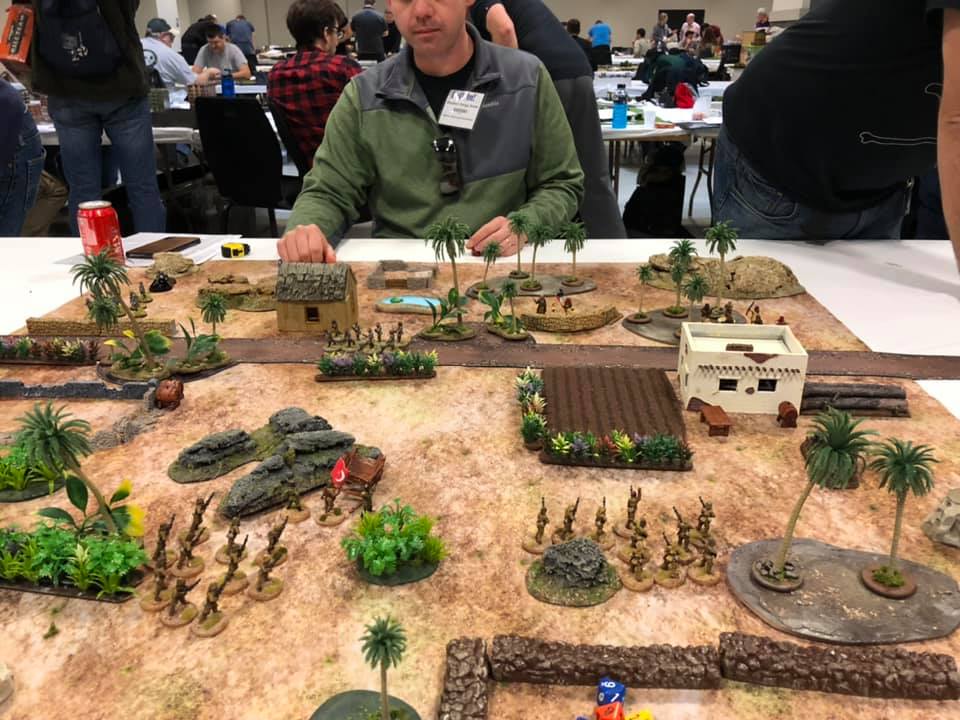
The Ottoman’s
Known as the “Sick Man of Europe” by the rest of Europe, the Ottoman Empire holds a unique place in the history of the Great War. Once in possession of most of the Balkans, North Africa and the Saudi peninsular, the Ottoman Empire was in a period of decline marked by constant wars and internal strife.
The Ottoman’s joined the Central Powers late in October 1914 after the Battlecruiser SMS Goben was given to the Ottoman Navy. During the years before the war, the Kaiser courted the Ottoman Empire and the Kaiser assured the Ottoman’s that after the war he would help them restore their empire.
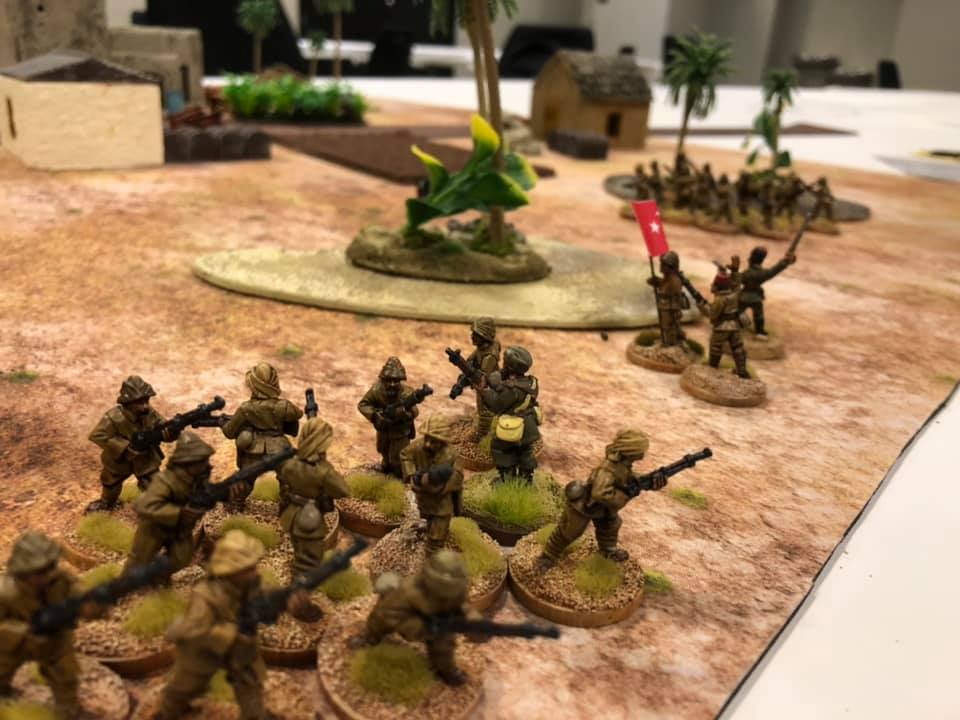
In Blood and Valor, Ottoman units get the “Ruthless” special rule which gives them an edge when assaulting a unit that has more fatigue then they do. The Ottoman army comes in two flavors, one for the Gallipoli campaign and one that fits more accurately in the Near East.
The Gallipoli list has a command team and two rifle units as core units, these riflemen can be regular or inexperienced. Support can be HMG units, snipers, close combat teams, a trench catapult, and an artillery barrage. The Gallipoli list also gets Mustafa Kemal (Ataturk) as a hero.
The Near East force does not get the trench catapults and the use of Ataturk, however, they get new support choices such as cavalry and take German rifleman units as support who represent the members of the Asiakorps who fought with the Ottoman’s during the Great War. The Ottoman riflemen may be equipped with grenades however they do not get LMGs or a rifle grenadier.
I have played with my Ottoman list a bunch of times and they are so much fun to play and bring a force not often seen in games to your playing table.
British in the Near East
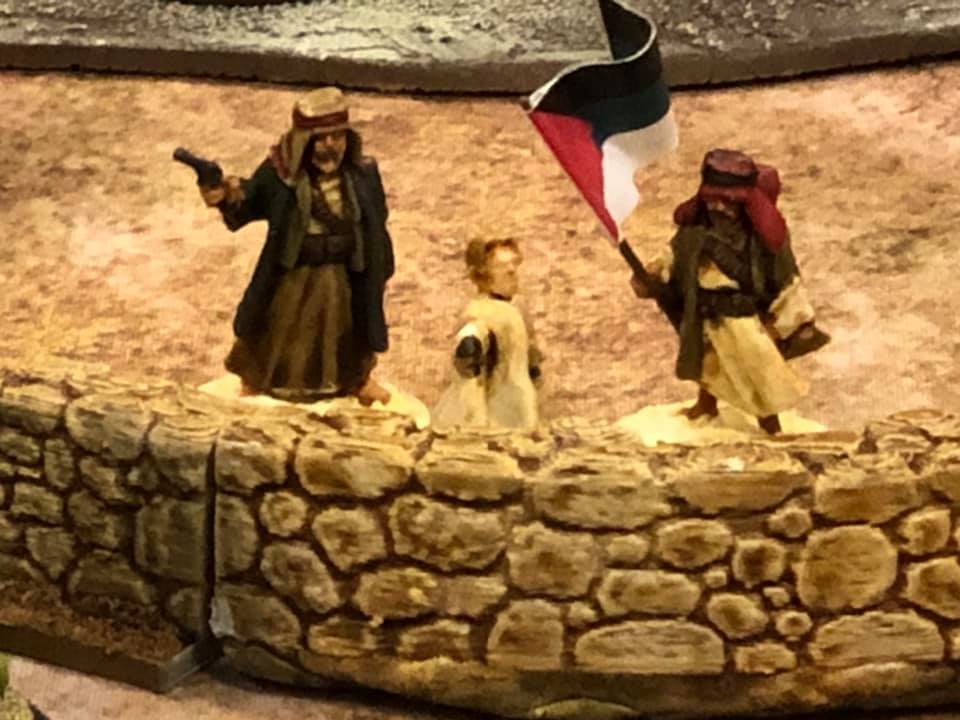
Let me skip to the first question gamers ask me about the British in the Near East; yes they have Arab units and Lawrence of Arabia. In order to take Lawrence, both of your mandatory core units must both be Arab Irregulars as opposed to British Riflemen.
The list also allows you to take two types of cavalry, Arab or Australian Light Horse and while the list has both British and Arab combat teams you must take both all of the units of the same type. The other support choices you can get HMGs, a sniper and an artillery barrage.
For the cavalry, you can mount the units on camel or horses and if you have the Lawrence command team you can have them mounted for free.
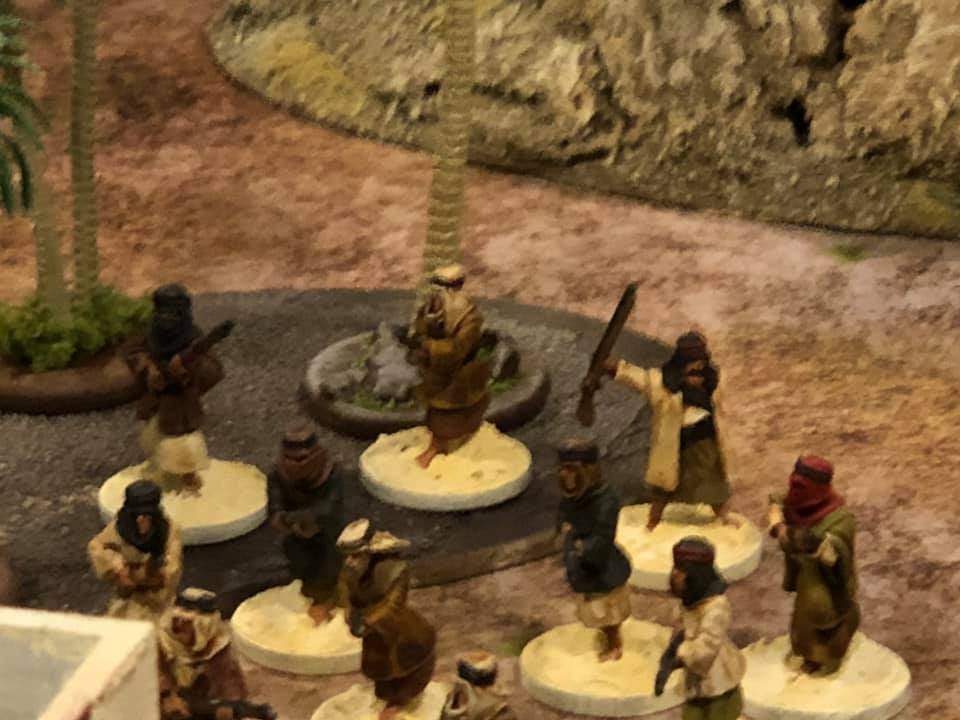
Next Steps
I hope this series of articles cleared up what is in the game as far as lists. Many gamers instinctively will look at what is missing despite the wide range of forces that are included in the game.
We feel that no other game covers so many interesting and unique forces in a single book and as I said before some of the units put into the game were based on the interests of the development team and what we were able to find solid research to base the unit characteristics on.
Also, keep in mind we are planning a follow-up book to Blood and Valor that will cover the war in the east. So Russia, Austro-Hungary, Italy and some really neat smaller nations like Serbia are being worked on now. Maybe even some “colorful” factions of the above nations.
Our next article will be all about the missions in the game and remember to order a copy of the book .

Great article Mitch. Not long to go now.
Real soon.,..
Will there be an expansion for Salonika and the Macedonian theater?
Book number 2 will have the forces of Eastern Europe